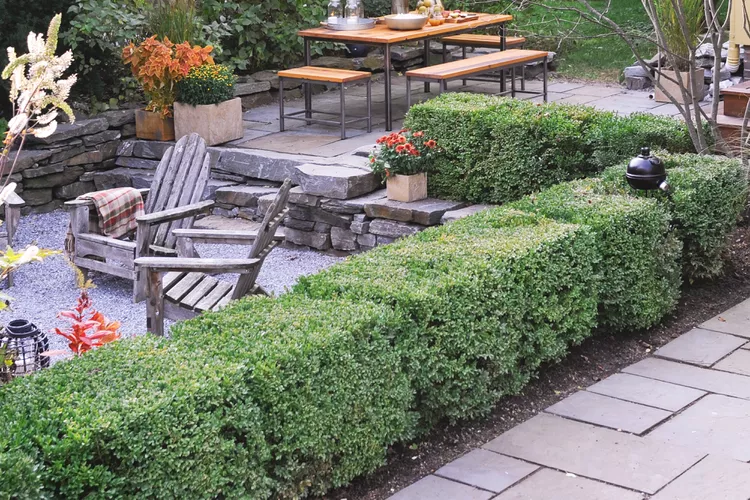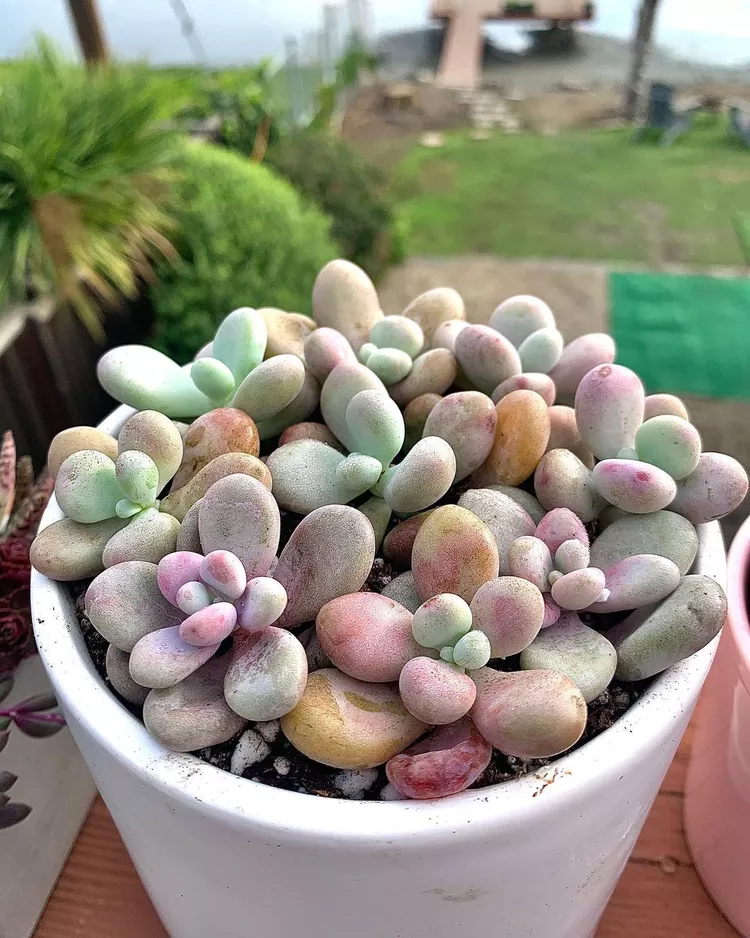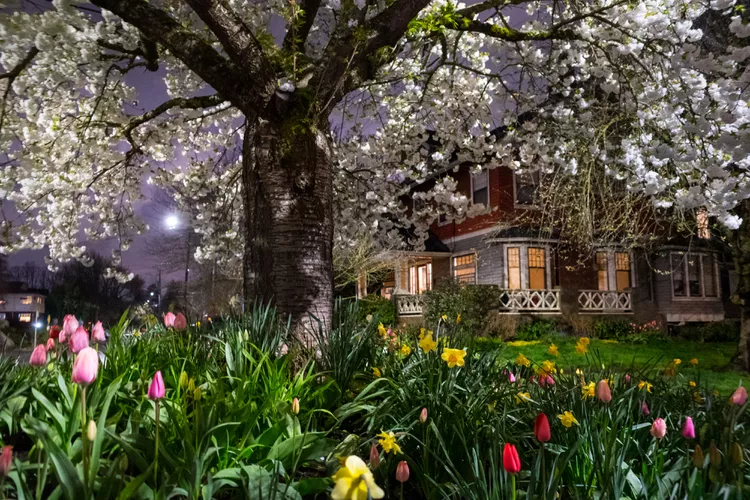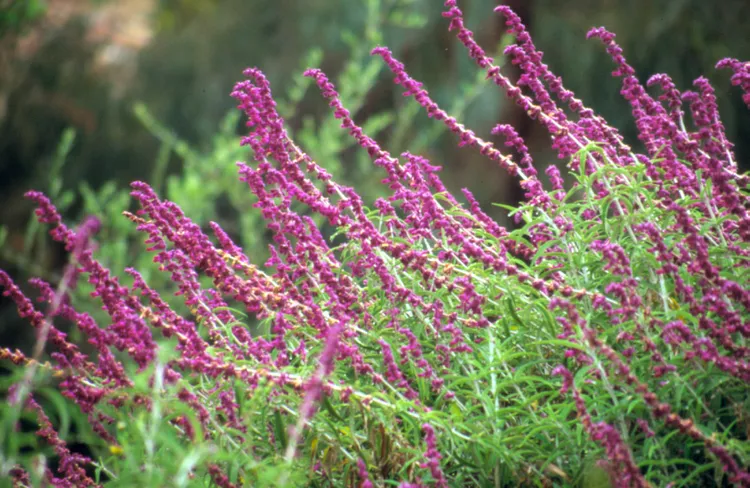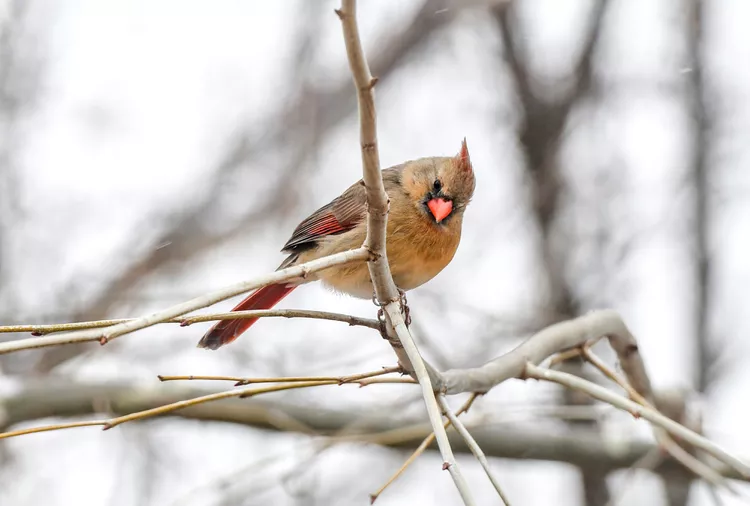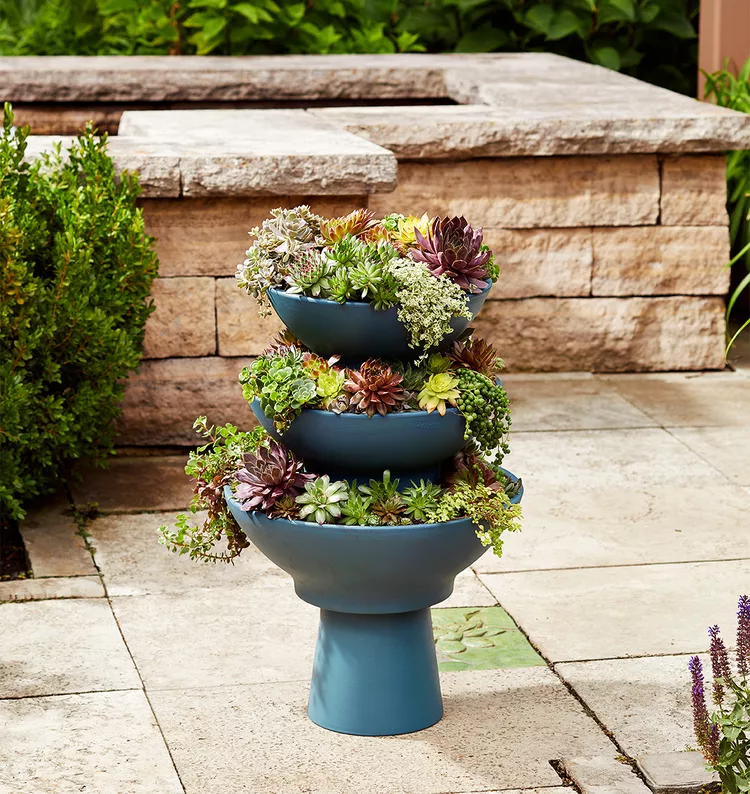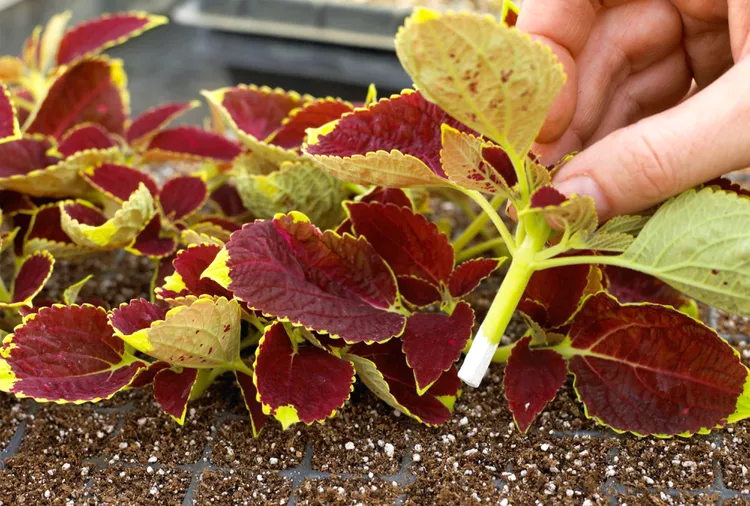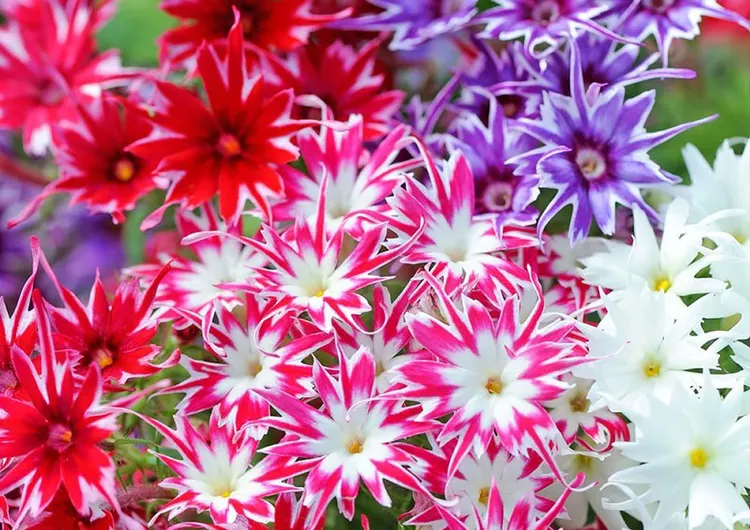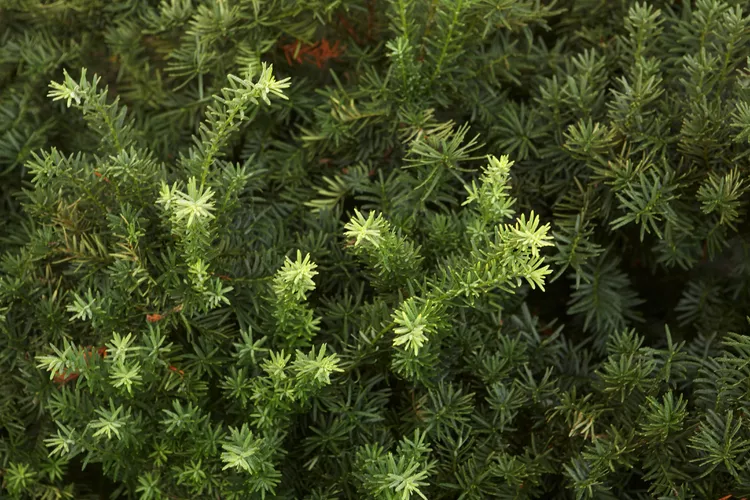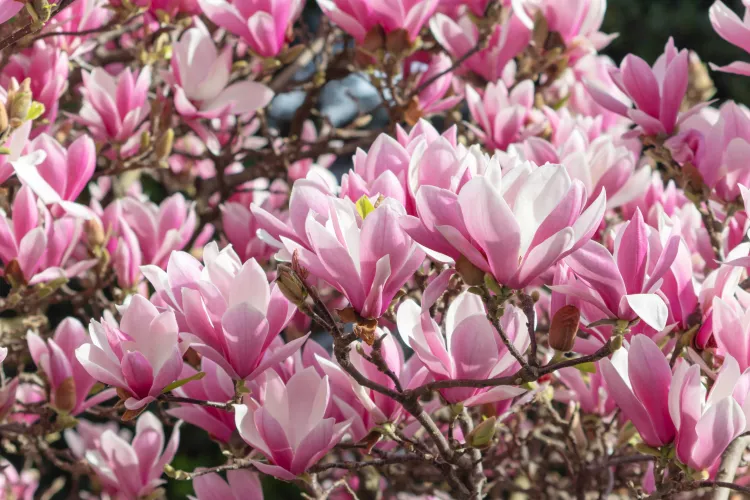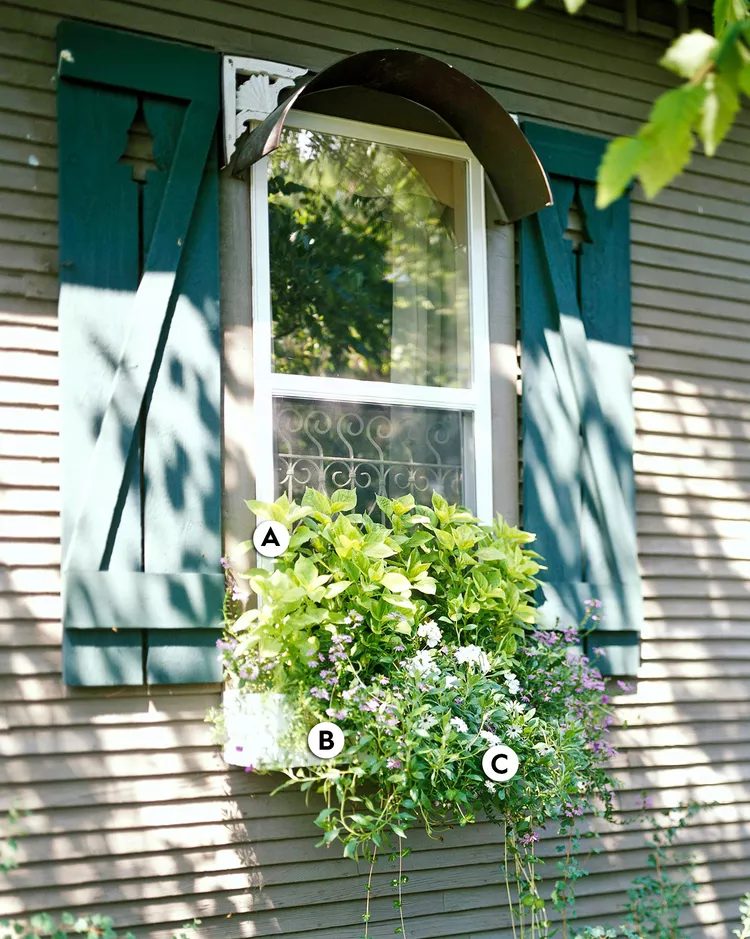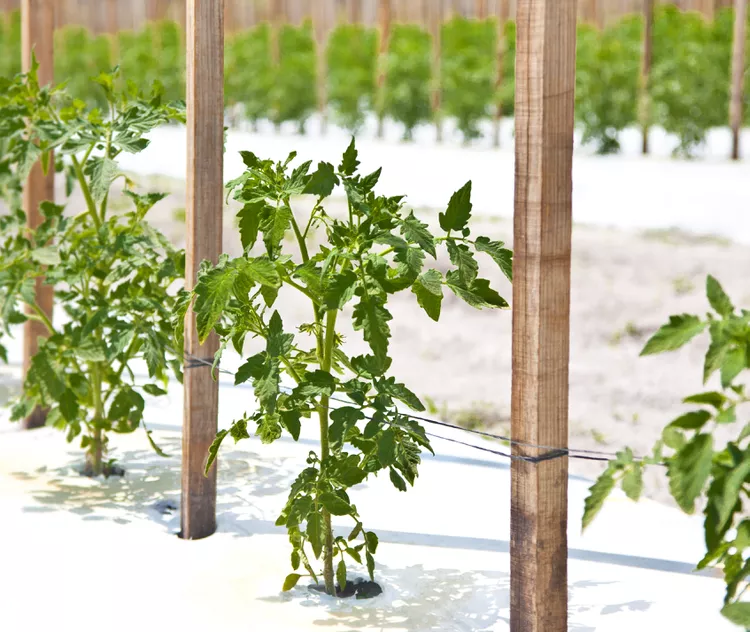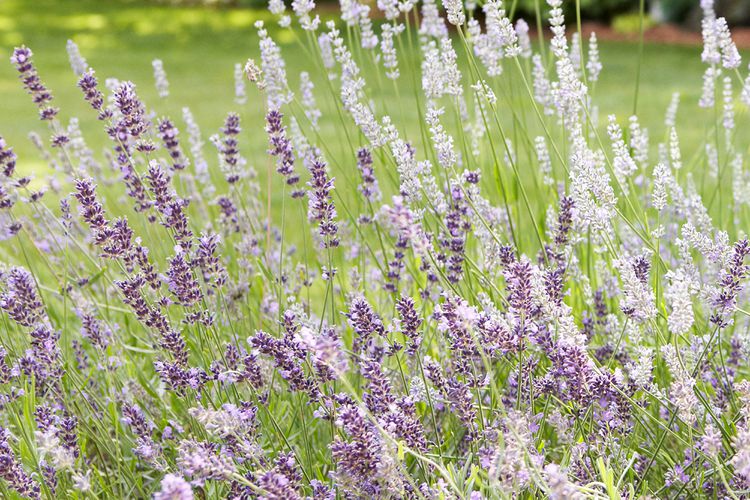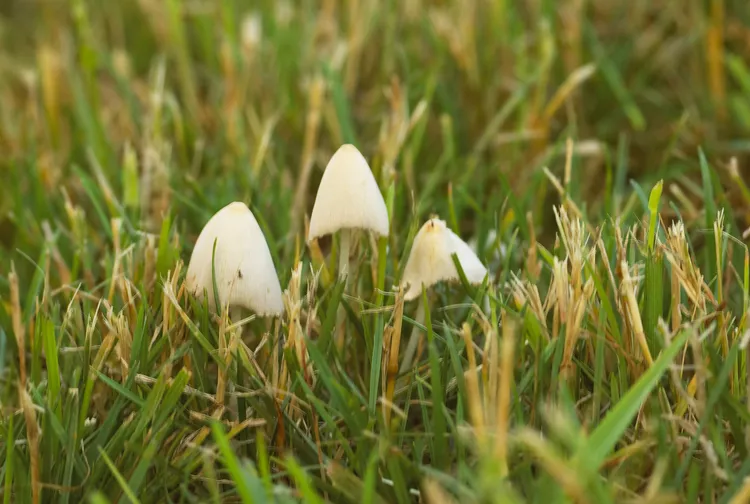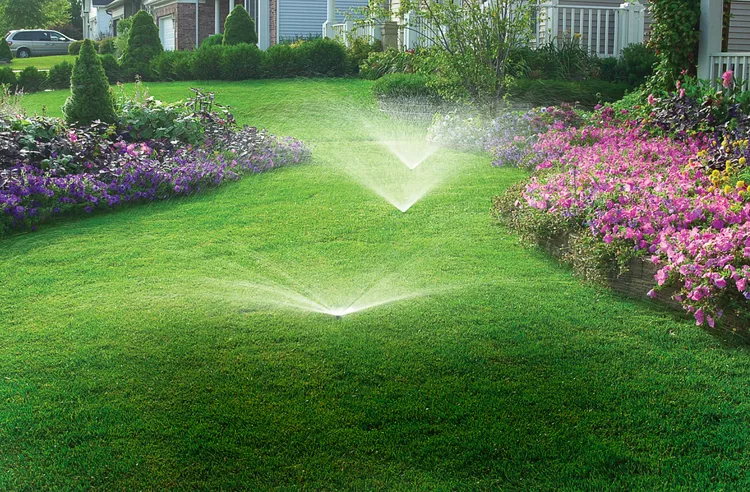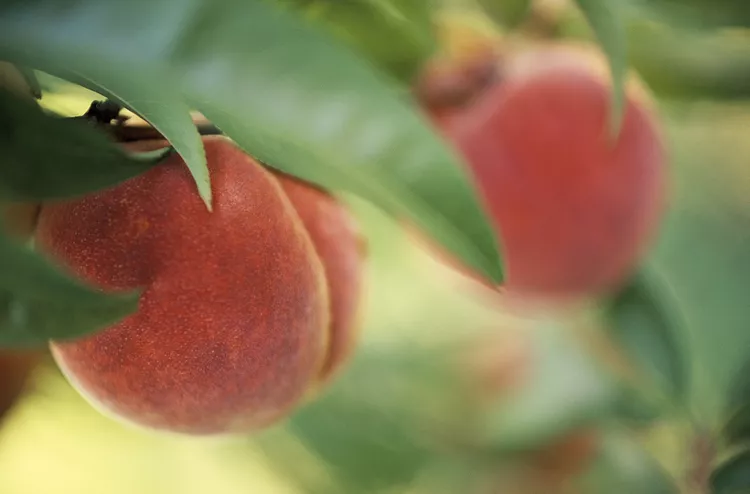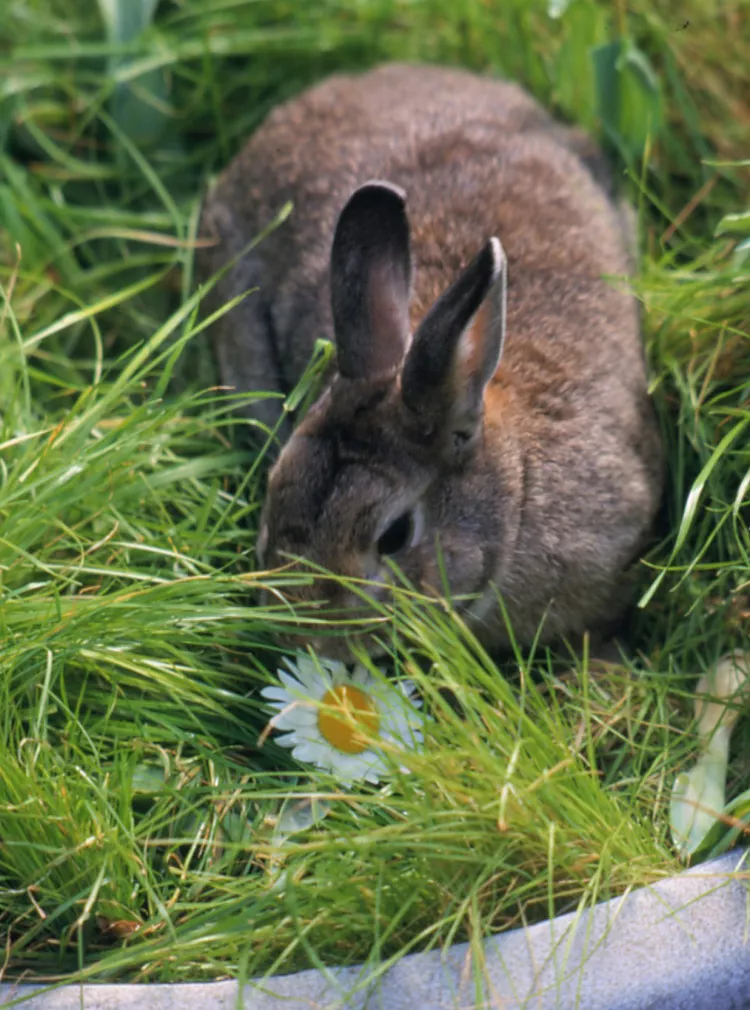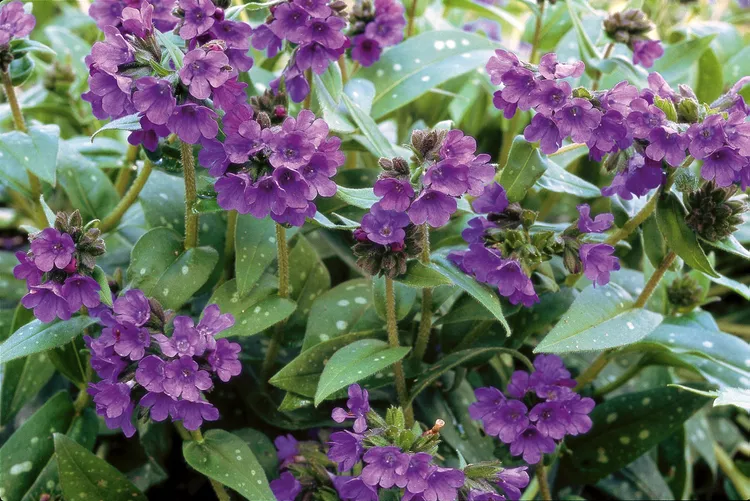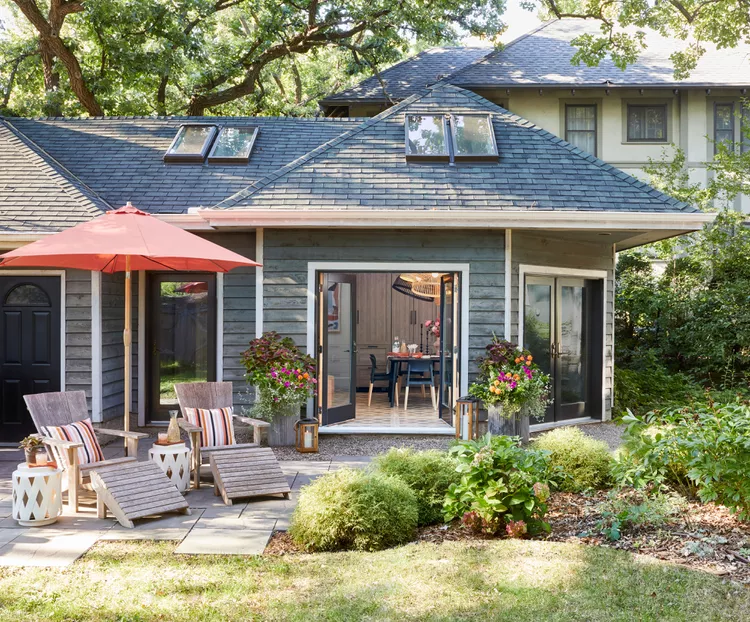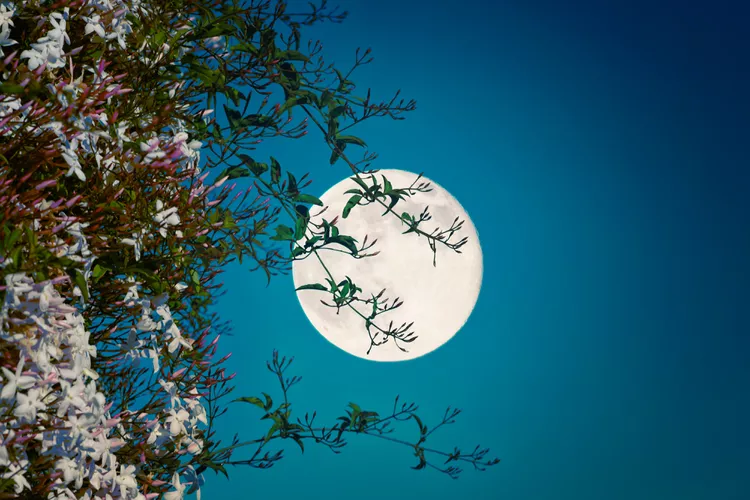Boxwood is a popular feature in many gardens, especially in hedges. However, boxwood blight is a relatively new yet increasingly widespread plant disease that is ruining or killing these evergreen shrubs. While there is currently no cure for infected plants, there are simple steps you can take to protect your boxwood from the disease. In addition to providing preventative tips, this guide explains what boxwood blight is, signs and symptoms to watch out for, and what to do if you think your shrubs are infected.
What Is Boxwood Blight?
Boxwood blight is a plant disease that affects all types of boxwood plants (Buxus spp.). Two fungi cause it: Calonectria pseudonaviculata and Calonectria henricotiae. The disease was initially found in the United Kingdom in 1994. It was identified in both North Carolina and Connecticut in 2011. By 2018, boxwood blight had spread throughout North America, as well as Asia, Europe, and New Zealand.
How Boxwood Blight Spreads
Boxwood blight develops in warm (60°F to 77°F), wet, and humid conditions. In many parts of the country, these conditions last for several months of the year. The fungal spores are heavy, sticky, and not spread by wind. However, strong winds or leaf blowers can throw infected leaves onto otherwise healthy plants. Rain and overhead watering can splash the spores onto neighboring plants, and the spores can attach themselves to clothes, tools, pets, and wild animals, quickly spreading the fungus throughout the garden.
:strip_icc():focal(867x0:869x2):format(webp)/defoliation_x_OliviaandBoxwoodpics028copy-89856922c39041d0a9e5e5344180e42d.jpg)
Courtesy of A. Bordas / Virginia Cooperative Extension
Courtesy of A. Bordas / Virginia Cooperative Extension
Boxwood Blight Symptoms
If you have boxwood in your garden, it's important to regularly check them for any sign of disease. The three symptoms of boxwood blight are:
- Leaf spots
- Rapid defoliation (leaf drop)
- Brown/black stem lesions.
These symptoms usually begin low on the plant, near the ground, or within the shrub where lingering dampness encourages the fungus to grow. Leaf spots usually appear during the growing season, but the brown/black streaks on the stems are visible throughout the year.
Leaf spots start as small dark dots and grow up to about 1/3 inch wide. The inside becomes tan-colored and surrounded by a ring of dead black leaf tissue. You may notice a red, orange, or yellow halo surrounding the leaf spot. As leaves become infected, they fall off the plant, leaving bare stems.
The brown/black stem lesions form small (1/8 inches wide and 3/4 inches long) streaks along young green stems and are visible without a magnifying glass. In humid weather, leaf spots and stem lesions develop fluffy, white spores large enough to be visible to the naked eye. Leaf drop can occur quickly. Heavily affected plants can shed their leaves within a week.
Unhealthy-looking boxwood might be unrelated to a disease. Harsh winter weather, de-icing salt, drought, and car exhaust can cause leaf discoloration and damage, although in most cases, they don’t result in leaf drop. It is essential to confirm the diagnosis before beginning a treatment plan.
Is There a Boxwood Blight Treatment?
No treatments are currently known to cure plants infected with boxwood blight. However, fungicides are effective at helping prevent the disease in otherwise healthy plants. Research into these preventive fungicides is ongoing, and it is important to understand that no single application will protect your plants throughout the season. Instead, it takes a rotation of several different chemicals applied one after the other at 7- to 14-day intervals throughout the season when temperatures are favorable for disease development (60°F-77°F with high humidity).
Rotating sprays is vital to prevent the boxwood blight from developing resistance to any one particular chemical. Contact your local extension office for information on appropriate chemicals for your location, or contact a reputable tree care service to discuss a treatment plan.
Preventing Boxwood Blight
The best way to fight boxwood blight is to prevent it from infecting your plants in the first place. Follow this list of best practices to minimize the chances of introducing the disease into your garden:
- Only purchase boxwood plants from reputable growers.
- Inspect new plants for signs of boxwood blight before purchase, including leaf spots and stem lesions.
- Select cultivars that are known to be resistant to boxwood blight.
- Quarantine new plants away from existing plantings for at least 30 days before planting in the garden. During this period, inspect the new plants regularly for signs of the disease.
What to Do When You Suspect Plants Are Infected
The first thing to do if you suspect boxwood blight on your plants is to confirm the diagnosis. Contact the Cooperative Extension System, the National Plant Diagnostic Network, or a reputable tree care service for more information on testing options. Avoid contact with your plants while waiting for the results.
If the test results are positive for boxwood blight, immediately remove and dispose of the infected plants and all debris by placing them in trash bags and sending them to the landfill. Contact your local extension office or a reputable tree care service to discuss a preventive treatment plan for your remaining plants.
The boxwood blight fungus can survive in the soil and leaf litter for five or more years. Simply removing an infected plant may not be enough to eradicate the disease spores from your garden.
Should I Still Plant Boxwood in My Garden?
While boxwood is a concern in most parts of the country, you can still plant boxwood in your garden. Plant breeders are working hard to develop boxwood varieties that are resistant to blight. Two notable introductions are NewGen Boxwood and Better Boxwood. These collections include multiple cultivars to suit different needs in the garden.
If these new selections are unavailable in your region, research has found that many existing boxwood cultivars show some resistance to the disease, such as the commonly available ‘Winter Gem’ and ‘Green Beauty.’ In general, varieties with an upright and open habit tend to be less susceptible to the disease than plants with compact growth that sit low to the ground.
Boxwood Care Tips to Avoid Blight
Selecting resistant boxwood is only the first step in maintaining a blight-free garden. The following tips will contribute to your success:
- Leave space between your plants to allow good airflow. High humidity and wet conditions are a perfect breeding ground for boxwood blight.
- Allow your plants to grow naturally with minimal pruning. Regular shearing creates dense growth that limits airflow.
- Avoid working around boxwood plants while they are wet. Don’t prune in wet or very humid conditions.
- Regularly sterilize your pruning tools during and after working with your boxwood. Immediately change and clean your shoes, gloves, and clothes after working around your plants.
- Avoid overhead watering, including overhead irrigation. Slowly apply water directly to the ground to limit moisture on the leaves and stems and avoid splashing spores onto neighboring plants.
- Diligently remove all leaf debris. The fungus that causes boxwood blight can remain active for five or more years after detaching from the plant. Bag and dispose of the debris in the landfill.
- Apply a 2-inch layer of mulch around the base of the boxwood shrubs. The mulch reduces the need for extra watering and limits the splashing of spores from dropped leaves onto neighboring plants.
- Place all boxwood debris, including leaves, dead plants, trimmings, and holiday decor, into trash bags and send them to the landfill. Do not compost boxwood debris.
Other Plants Affected by Boxwood Blight
In addition to boxwood, several common boxwood relatives are hosts for the fungi, including:
- Sweet box (Sarcococca spp.)
- Japanese spurge (Pachysandra terminalis)
- Chinese pachysandra (Pachysandra axillaris)
- Allegheny spurge (Pachysandra procumbens)
Studies have also shown that other non-boxwood relatives might act as a host for the disease, including:
- Lady’s mantle (Alchemilla mollis)
- Bearberry (Arctostaphylos uva-ursi)
- Brunnera aka Siberian bugloss (Brunnera macrophylla)
- Purple poppy mallow (Callirhoe involucrata)
- Bishop’s hat (Epimedium x youngianum)
- Sweet woodruff (Galium odoratum)
- Candytuft (Iberis sempervirens)
- Creeping mazus (Mazus reptans)
- Moss phlox (Phlox subulata)
- Foamflower (Tiarella cordifolia)
- Periwinkle (Vinca minor)
These plants are often grown as groundcovers or companion plants to boxwood. Consider avoiding installing these plants around your boxwood in the future.
What Next?
Researchers and plant breeders are actively working on the problem of boxwood blight. And with a little extra care and diligent monitoring, you can continue to enjoy boxwood in your garden until more solutions are found. Although growing boxwood today may require more careful consideration than in the past, these elegant shrubs still can provide year-round beauty to the landscape.
